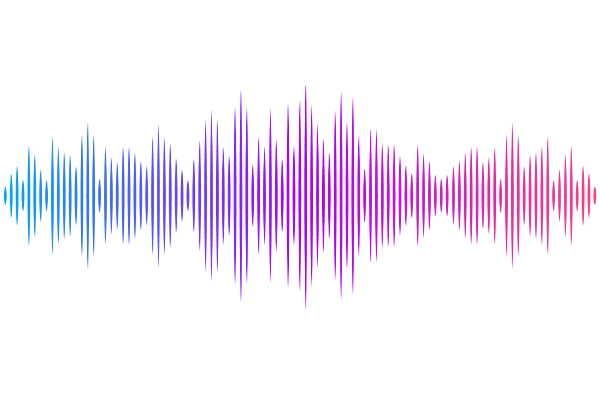The Susceptibility of Airborne SARS-CoV-2 to Far-UVC Irradiation

The Susceptibility of Airborne SARS-CoV-2 to Far-UVC Irradiation
Angel, D. M.; Luhung, I.; Santos Guedes de Sa, K.; Peccia, J.
AbstractFar-UVC irradiation has emerged as a breakthrough disinfection technology for the treatment of indoor air. Far-UVC wavelengths (222 nm) from filtered krypton-chloride excimer lamps are effective at inactivating airborne viruses and safe for human exposure, thus enabling the continuous treatment of bulk air in occupied settings. This study quantifies the susceptibility of airborne SARS-CoV-2, aerosolized in human saliva, to far-UVC radiation. We measured fluence rate-based Z value susceptibility constants of 4.4 and 6.8 cm2 mJ-1 for airborne SARS-CoV-2 under 40% and 65% RH levels, respectively. At modeled far-UVC irradiation levels corresponding to 25% of the maximum safe human exposure limit, the resulting far-UVC equivalent air changes per hour (eACH) exceeded 62 hr-1 at 65% RH and were significantly greater than the corresponding airborne SARS-CoV-2 natural decay rate ({+/-} std. err.) of 5.4 {+/-} 1.1 hr-1, measured in the absence of far-UVC. These results define first-order loss rates for airborne SARS-CoV-2 under far-UVC exposure and support quantitative risk assessments and rational disinfection system implementation.